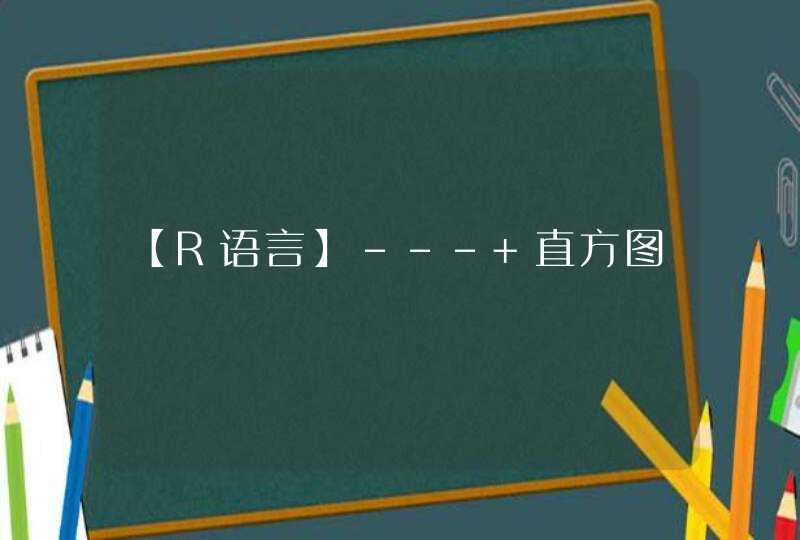
#define _CRT_SECURE_NO_WARNINGS 1
#include<stdio.h>
#include<string.h>
#include<stdlib.h>
#include<math.h>
#define N 10000
int n1//空闲分区的个数
int n2//作业区的个数
struct kongxian
{
int start //起址
int end //结束
int length //长度
}kongxian[N]
struct zuoye
{
int start //起址
int end //结束
int length //长度
}zuoye[N]
int cmp1(const void *a, const void *b)
{
return (*(struct kongxian *)a).start - (*(struct kongxian *)b).start
}
int cmp2(const void *a, const void *b)
{
return (*(struct zuoye *)a).start - (*(struct zuoye *)b).start
}
void init()
{
n1 = 1 //初始时只有一个空闲区
n2 = 0 //初始没有作业
kongxian[0].start = 0
kongxian[0].end = 511
kongxian[0].length = 512
}
void print1() //打印空闲分区
{
int i
for (i = 0 i<n1 i++)
printf("空闲分区ID:%d 起止:%d 结束:%d 长度:%d\n", i, kongxian[i].start, kongxian[i].end, kongxian[i].length)
}
void print2() //打印作业分区
{
int i
for (i = 0 i<n2 i++)
printf("作业分区ID:%d 起止:%d 结束:%d 长度:%d\n", i, zuoye[i].start, zuoye[i].end, zuoye[i].length)
}
int main()
{
int i, j, t, len, flag, id
int front, middle, behind
int t1, t2
init()
print1()
printf("输入1装入新作业,输入0回收作业,输入-1结束\n")
while (scanf("%d", &t) != EOF)
{
if (t == 1) //装入新作业
{
printf("请输入作业的占用空间的长度 ")
scanf("%d", &len)
flag = 0
for (i = 0 i<n1 i++)
{
if (kongxian[i].length >= len) //首次适应算法
{
flag = 1
break
}
}
if (!flag)
{
printf("内存分配失败\n")
}
else
{
//将该作业加入作业区里
zuoye[n2].start = kongxian[i].start
zuoye[n2].end = zuoye[n2].start + len
zuoye[n2].length = len
n2++ //作业数加1
if (kongxian[i].length == len) //该分区全部用于分配,删除该空闲分区
{
for (j = i j<n1 - 1 j++)
{
kongxian[j].start = kongxian[j + 1].start
kongxian[j].end = kongxian[j + 1].end
kongxian[j].length = kongxian[j + 1].length
}
n1--
}
else //该空闲分区部分用于分配,剩余的留在空闲分区中
{
kongxian[i].start += len
kongxian[i].length -= len
}
}
}
else if (t == 0)
{
printf("输入要回收的作业ID ")
scanf("%d", &id)
front = middle = behind = 0
for (i = 0 i<n1 i++)
{
if (kongxian[i].start>zuoye[id].end)
break
if (kongxian[i].end == zuoye[id].start) //待回收的作业上面有空闲分区
{
front = 1
t1 = i
}
if (kongxian[i].start == zuoye[id].end) //待回收的作业下面有空闲分区
{
behind = 1
t2 = i
}
}
if (!front&&!behind) //待回收的作业上下均没有空闲分区
{
kongxian[n1].start = zuoye[id].start
kongxian[n1].end = zuoye[id].end
kongxian[n1].length = zuoye[id].length
n1++ //空闲分区增加一个
qsort(kongxian, n1, sizeof(struct kongxian), cmp1) //插入空闲分区后排序
for (j = id j<n2 - 1 j++) //在作业分区中删除该作业
{
zuoye[j].start = zuoye[j + 1].start
zuoye[j].end = zuoye[j + 1].end
zuoye[j].length = zuoye[j + 1].length
}
n2--
}
if (front &&behind) //待回收的作业上下均有空闲分区
middle = 1
if (front&&!middle) //合并待回收的作业和上面的空闲分区
{
kongxian[t1].end += zuoye[id].length
kongxian[t1].length += zuoye[id].length
for (j = id j<n2 - 1 j++) //在作业分区中删除该作业
{
zuoye[j].start = zuoye[j + 1].start
zuoye[j].end = zuoye[j + 1].end
zuoye[j].length = zuoye[j + 1].length
}
n2--
}
if (middle) //合并待回收的作业和上下的空闲分区
{
kongxian[t1].end = kongxian[t2].end
kongxian[t1].length += (zuoye[id].length + kongxian[t2].length)
//删除空闲分区t2
for (j = t2 j<n1 - 1 j++)
{
kongxian[j].start = kongxian[j + 1].start
kongxian[j].end = kongxian[j + 1].end
kongxian[j].length = kongxian[j + 1].length
}
n1--
for (j = id j<n2 - 1 j++) //在作业分区中删除该作业
{
zuoye[j].start = zuoye[j + 1].start
zuoye[j].end = zuoye[j + 1].end
zuoye[j].length = zuoye[j + 1].length
}
n2--
}
if (behind &&!middle) //合并待回收的作业和下面的分区
{
kongxian[t2].start -= zuoye[id].length
kongxian[t2].length += zuoye[id].length
for (j = id j<n2 - 1 j++) //在作业分区中删除该作业
{
zuoye[j].start = zuoye[j + 1].start
zuoye[j].end = zuoye[j + 1].end
zuoye[j].length = zuoye[j + 1].length
}
n2--
}
}
else
{
printf("操作结束\n")
break
}
print1()
print2()
}
return 0
}
建议你先从简单动态数组的分配和释放开始。在c语言中,分配可通过malloc和new函数实现,而释放相对应的是free、delete
调用格式为
int
*a=(ElemType)malloc(n*sizeof(ElemType))或者
int
*a=new
int[n];释放时,直接free(a)或者delete(a)就行了

































































![[R语言] Heatmap绘图经验总结](/aiimages/%5BR%E8%AF%AD%E8%A8%80%5D+Heatmap%E7%BB%98%E5%9B%BE%E7%BB%8F%E9%AA%8C%E6%80%BB%E7%BB%93.png)



